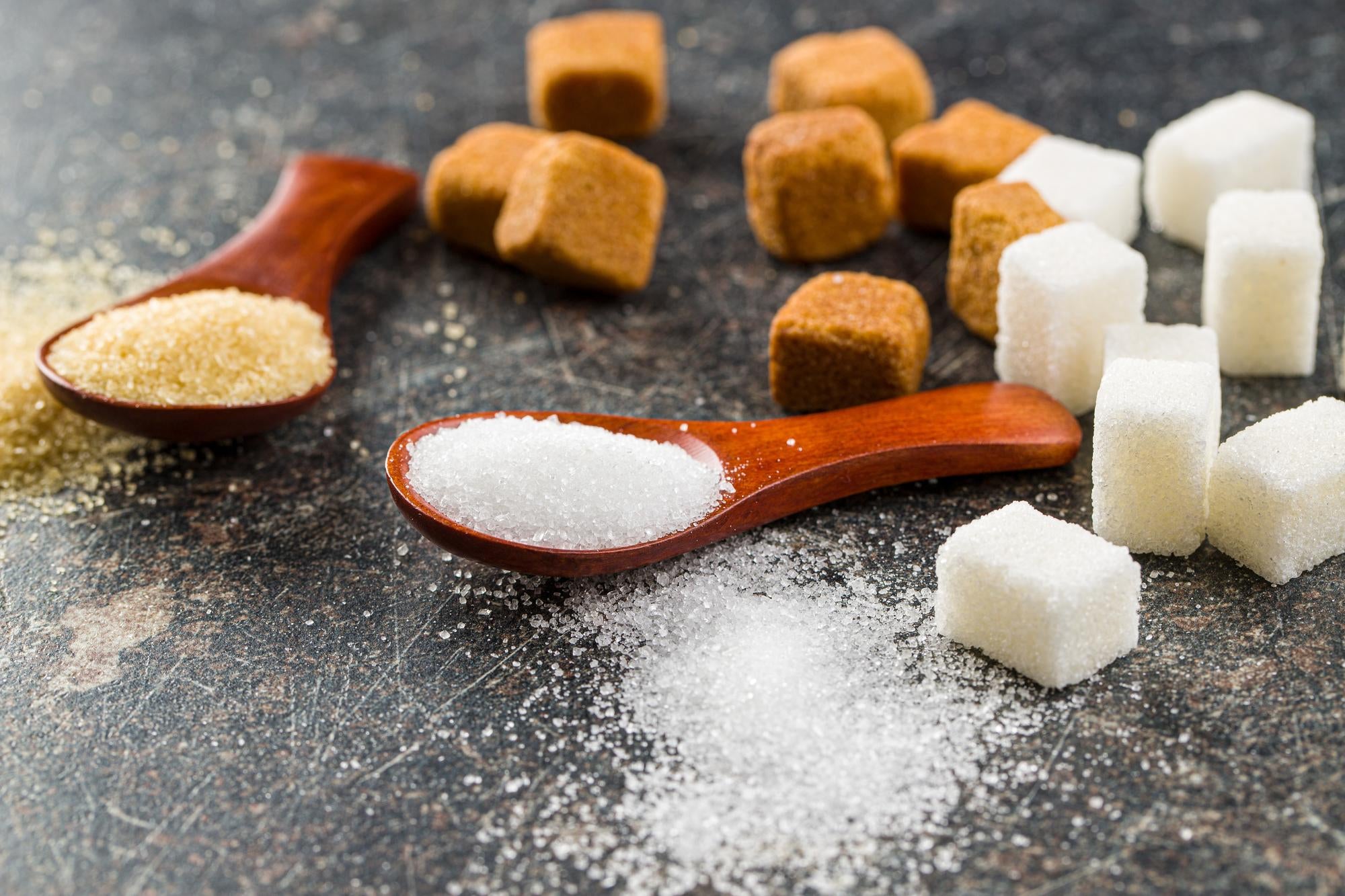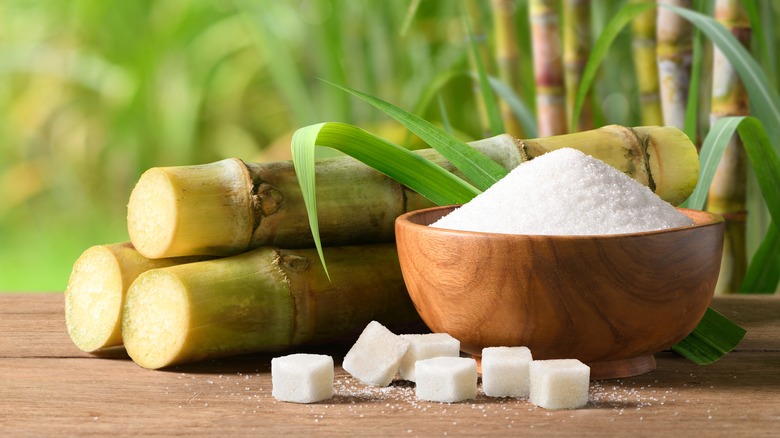The growing techniques for beet sugar vs cane sugar contribute to differences in harvesting time.
The growing techniques for beet sugar vs cane sugar contribute to differences in harvesting time.
Blog Article
Discover the Uses and Perks of Beet Sugar Vs Cane Sugar in Your Daily Diet Regimen
Checking out the distinctive high qualities of beet and cane sugar discloses greater than just their sweetening capabilities; it highlights their one-of-a-kind effects on health and cookeries. Beet sugar, understood for its refined taste, is often favored in fragile treats, whereas cane sugar, with its hint of molasses, includes richness to robust dishes. Each kind holds its own dietary account and glycemic effects, welcoming a deeper understanding of their functions in a well balanced diet and sustainable intake methods.
Beginning and Manufacturing Procedures of Beet and Cane Sugar

The distinct environments and dirt kinds needed for expanding sugar beets and sugarcane add to differences in their cultivation techniques and geographic circulation, affecting the economics and sustainability of their production. beet sugar vs cane sugar.
Nutritional Contrast Between Beet Sugar and Cane Sugar
Despite originating from various plants, beet sugar and cane sugar are nutritionally very comparable, both largely including sucrose. Each gives about 4 calories per gram, equating to roughly 16 calories per teaspoon. Structurally, both sugars are composed of roughly 99.95% sucrose, with minimal amounts of other materials like dampness and trace element, which do not substantially change their nutritional accounts.

Inevitably, when selecting in between beet sugar and cane sugar based on dietary web content alone, both deal similar advantages and drawbacks as they are basically kinds of the exact same particle-- sucrose, offering quick power without other nutrients.
Effect On Health: Glycemic Index and Caloric Content
Exploring even more right into the effects of beet sugar and cane sugar on wellness, it is vital to consider their glycemic index and caloric web content. The glycemic index (GI) of both beet and cane sugar is around 65, categorizing them as high-GI foods, which can create fast spikes in blood glucose levels.
Each kind of sugar contains around 4 calories per gram, making their calorie material matching. For those keeping track of calorie consumption, specifically when handling weight or metabolic health conditions, comprehending this equivalence is important (beet sugar vs cane sugar). Nevertheless, too much usage of any type of high-calorie, high-GI food can add to health and wellness issues such as weight problems, heart problem, and insulin resistance.
Environmental and Economic Factors To Consider of Sugar Manufacturing
Beyond health and wellness impacts, the production of beet and cane sugar likewise increases significant environmental and financial issues. Sugar beet growing has a tendency to need cooler climates and has a reduced geographical impact compared to click this sugar cane, which flourishes in tropical regions.
Additionally, the usage of pesticides and plant foods in both beet and cane sugar cultivation can bring about soil deterioration and pollution, more affecting biodiversity and regional water bodies (beet sugar vs cane sugar). The option in between cultivating sugar beet or cane typically rests on local ecological conditions and economic aspects, making the sustainability of sugar production a complex issue
Culinary Applications and Taste Distinctions
While the ecological and economic aspects of sugar production are undoubtedly considerable, the option in between beet and cane sugar also influences cooking applications and taste profiles. Beet sugar, stemmed from the sugar beet plant, is understood for its incredibly neutral preference. This makes it a versatile active ingredient in cooking, where it does not modify the flavor of other parts. It dissolves quickly and is optimal for usage in cakes, cookies, and pastries.
Walking stick sugar, removed from sugarcane, commonly keeps molasses traces, which impart a distinct splendor and deepness. This mild molasses flavor boosts the complexity of baked items, sauces, and marinates. It is particularly favored in products where a sugar undertone is desired, such as in brownies or gingerbread. The minor variation in moisture material between beet and cane sugar can impact the structure and consistency blog here of dishes, making cane sugar a favored selection for details recipes that profit from its distinct residential properties.

Final Thought
To conclude, both beet and cane sugar have distinctive origins and production processes, supplying comparable dietary accounts with slight differences in salt web content and taste. While their effect on wellness, specifically concerning glycemic index and calories, is comparable, the option in between them commonly comes down to ecological, economic variables, and specific culinary needs. Comprehending try this site these facets can lead consumers in making notified decisions that line up with their health objectives and flavor choices.
Report this page